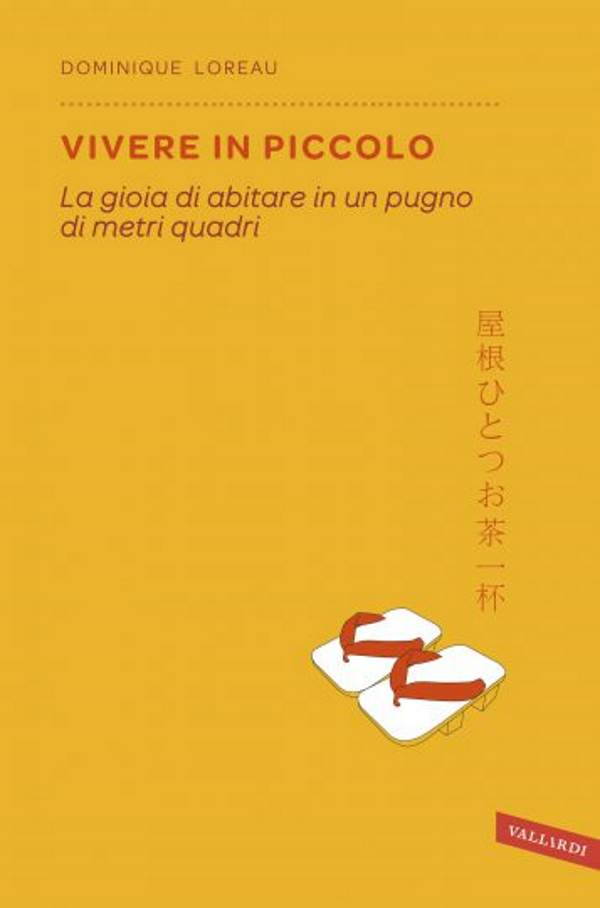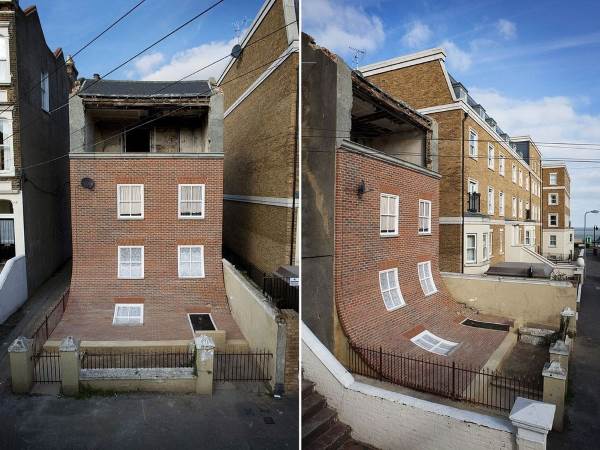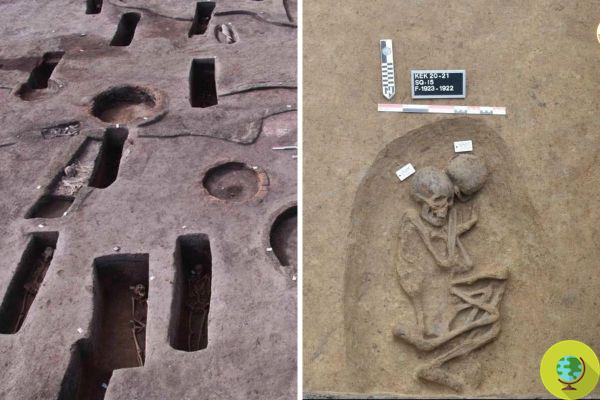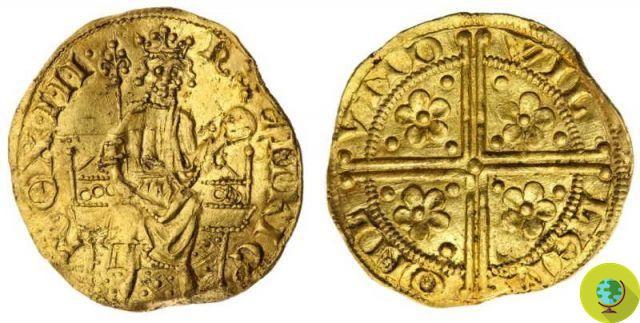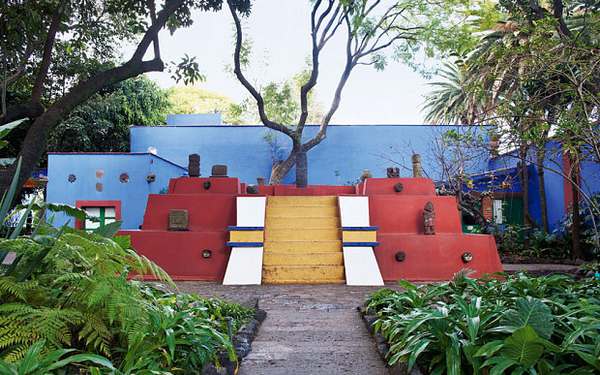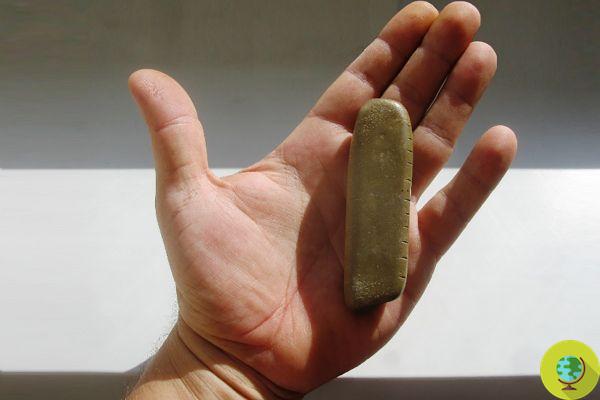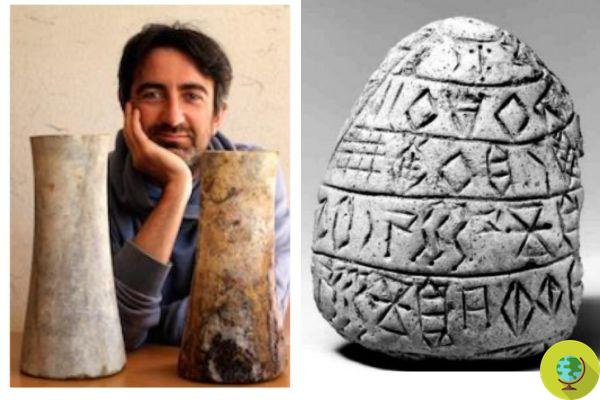
38-year-old French archaeologist Francois Desset managed to decipher the Linear Elamite, a 4000-year-old script
He is about to end up run over, his mother saves himThe news has not yet been denied, indeed it is confirmed: a 38-year-old French archaeologist, Francois Desset, managed to decipher theLinear Elamite, a 4000-year-old script, has long been a challenge for many experts.
On November 19, the University of Padua, where Francois Desset is visiting professor (serving at the Laboratoire Archéorient in Lyon), announces that the 38-year-old has succeeded in deciphering the Linear Elamite, a very ancient script used in Iran by III millennium BC, about 4000 years ago.
Despite many attempts at deciphering conducted in the twentieth century, including by illustrious experts, the writing had remained a mystery until now, together with two other contemporary systems, the Linear A of Crete (instead deciphered for some time the B), and the writing of the Civilization of the Indus Valley.
Index
What is Linear Elamite
As the Venetian Athenaeum explains, Linear Elamite is a writing system used in the southern regions of present-day Iran in the last centuries of the third millennium BC and was first discovered in 1901 by French archaeologists at the site of Susa, a city quoted from the Bible.
Named after Elam, a conventional name referring to a civilization that developed from the third to the first millennium BC in the area corresponding to present-day western Iran, it is known only for its monumental inscriptions and was used at the same time as the cuneiform Elamite and probably in the Elamic language.
How it was deciphered
Desset studied a new corpus of Linear Elamite texts engraved on a series of silver vases preserved in London. In 2018, in particular, the archaeologist identified the sequences of signs indicating the names of two rulers of southwestern Iran in power around 1950 BC, Ebarti and Šilhaha, as well as the names of an important deity invoked in the same. texts, Napiriša (i.e. 'The Great God').
The methodology used is very similar to that which led to the decoding of the Egyptian hieroglyphs and, following the first trace, in 2020 the archaeologist succeeded in deciphering the approximately 40 registrations currently available.
What we know today and what will change
Today, therefore, we know that Linear Elamite is a purely phonetic writing (as opposed to the cuneiform one) and that it is composed of a hundred signs that record the vowel and consonant sounds. And so the oldest phonetic script in the world.
“The deciphering of the Linear Elamite, thanks to the 40 inscriptions now legible, is allowing to write or rewrite entire pages of the history of the Ancient Near East of the late XNUMXrd millennium BC”Concludes the University of Padua.
A huge step forward for history and culture.
Sources of reference: University of Padua / University of Padua / Youtube
Read also:
- Pompeii enchants the world again: discovered an extraordinarily intact Thermopoly in Regio V
- Extraordinary archaeological discovery in the new temple of Saepinum Altilia, Roman sculpture found in Molise
- The sensational archaeological discovery of the rock reliefs of Faida, in Kurdistan, wins the 2020 world prize









